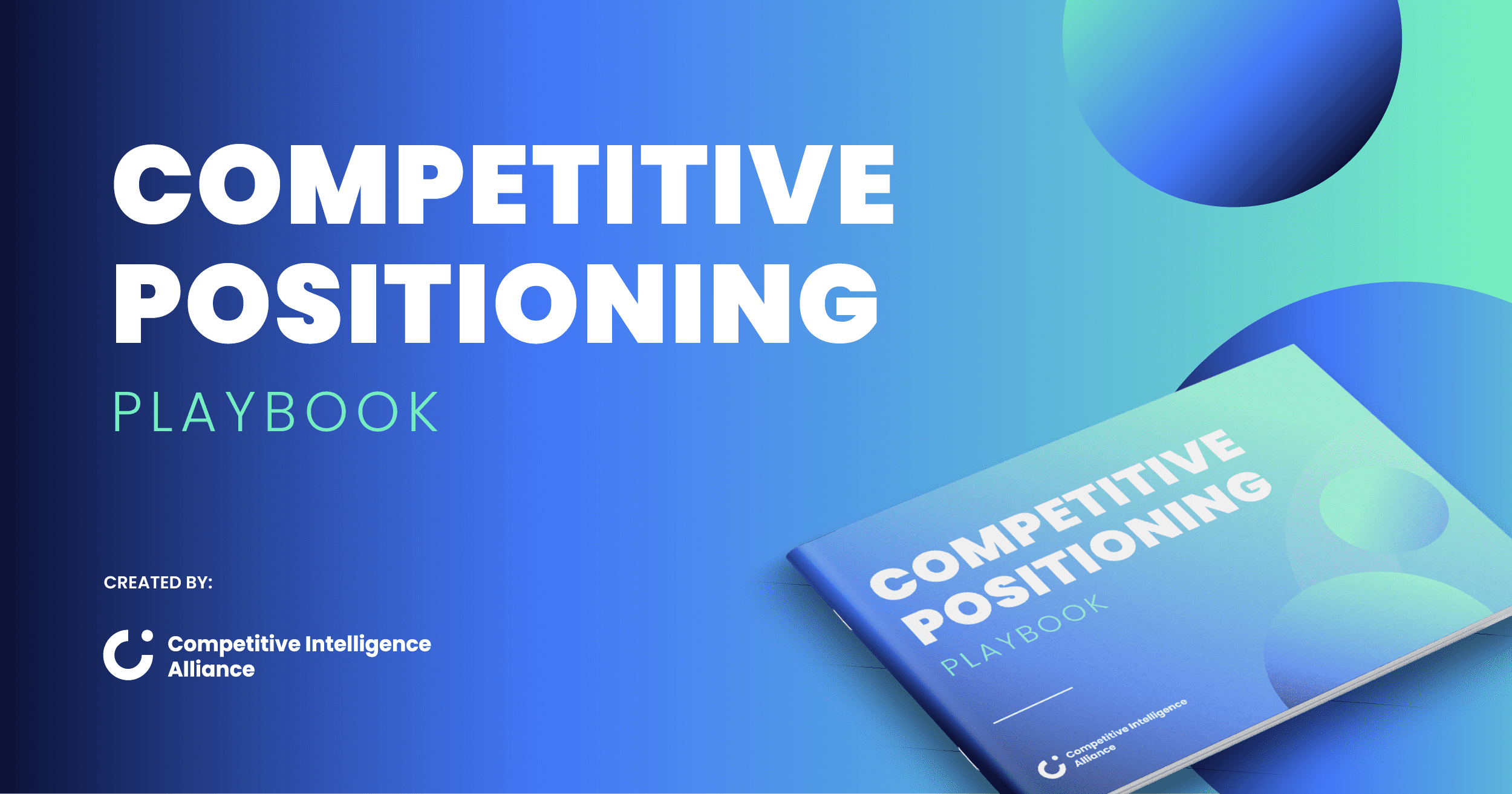What is the difference between a feature and a benefit?
Features are all about the product, while benefits are all about the customer. The difference might seem subtle, but using benefits instead of features in your marketing strategy makes a huge difference to how likable your brand is.
Think back to the last time you were cornered by someone at a party who wouldn’t stop talking about themselves and how great they are. How did it come across?

You come across the same way when you shout only about your product’s features. It’s all “me, me, me”, and as lovely as you are, you need to make your customers care first.
- “Look at all our product’s awards!” 😏
- “Our product is twice as fast as our closest competitor’s!” 😏
- “Our product can do backflips!” 😏
What do all these have in common?
They’re not about the customer at all.
They expect the customer to do all the work. The prospect has to figure out how the product is relevant to them, and how it can help them. This is lazy marketing. We can do better.
Benefits are how you do better.
Unlike features, benefits are all about the customer, and how your product saves them pain, or makes their dreams come true.
How to sell your benefits instead of your features
Answer: Get them to talk about themselves.
Think about this conventional wisdom next time you’re wondering how to persuade people to buy your product.
Why would they buy it?
In fact, why should they even be interested?
Remember that, when your marketing and your messaging are dominated by all the things your product can do, you limit your messaging’s effectiveness.
Instead, flip the script. Make your marketing and your messaging all about what your product can do for the customer. Trust us, they’ll pay attention.
So… how do you make it all about the customer?
Advantages, features, and benefits. How do advantages fit in?
Before we move on… What about advantages?
Advantages are like benefits, but they’re more comparative. They’re the benefits your product has that an alternative solution does not.
Remember that benefits, on their own, are powerful. They have emotional weight, and they create desire for our products by tying them back to our target audience’s real, existing, deep-seated emotional needs.
Features, remember, are simply descriptive – not persuasive. They describe what your product does, with no reference to how that might benefit the prospect. On their own, they’re not very powerful.
Advantages might reference features. For example, “Our software architecture is built in a way that makes us 170% faster than our nearest competitor.” But notice how listing feature advantages calls out the advantages your product has over competing products.
Advantages that call out benefits constitute advantages the customer experiences when they use your product over a competing product. (As is the case with all benefits, they’re about the customer, and are therefore more powerful.) For example, “Get your work done 170% faster than with other tools.”
How to turn any feature into a benefit (5 ways)
To craft great benefits, you need to be able to speak to your customers’ pain points, and their hopes and dreams. In order to do that, you need to intimately understand them, which is why customer research is always vital.
Once you’ve done that work, you can start mapping your product’s features to specific needs you’ve identified in your target audience.
Here are five tools to help you do that:
- The 3-word trick to instantly turn any feature into a benefit.
- The surprising, low-effort method you can use to create buyer curiosity.
- Two simple questions that make your messaging more effective.
- The “5 Whys” method for creating bulletproof benefits.
- The one trap you must avoid if you want your benefits to work.
1) The 3-word trick to instantly turn any feature into a benefit
There’s a quick hack you can use to turn any feature into a benefit.
So quick, it’s just three words:
“So you can…”
These three words can turn any feature into a benefit. They force you to think about what the feature empowers the customer to do, and sets you up to spell it out for them.
“Our product is twice as fast as our competitor’s… so you never have to worry about hitting a deadline again.”
Woah… sounds pretty good all of a sudden, huh?
When you’ve got a feature you’re struggling to link to a benefit, use “So you can…” to help draw it out.

2) Create curiosity by saying less
But you don’t have to stop with “So you can…”. After listing out the benefit, you can drop the feature altogether. Do this, and something powerful happens…
Drop the feature from the line above, and you’re left with:
“Never worry about a deadline again.”
What runs through the prospect’s mind now?
“Oh… that’d be great. But how? What do I have to do?”
The benefit is powerful enough on its own that you get the prospect invested in searching for the great things about your product. In other words, benefits get people interested in features, while features on their own leave prospective customers yawning.
3) Two questions to make your messaging more effective
Here are two questions to ask yourself whenever you want to make your messaging more effective.
1) Ask yourself what work your copy expects the prospect to work out for themselves. Then figure out how you can give them that information on a platter.
2) Ask yourself if you’ve identified the most foundational emotional benefits you can.
The first question:
Remember that an effective marketing funnel is like a greased slide. A prospect enters the funnel and, before they know what’s happening, they’re reaching for their credit card details. Such is the persuasive power of the journey you’ve taken them on.

So when you create work for the prospect by not giving them all the answers and the information they need when they need it, you’re introducing unnecessary friction into what should be a frictionless process.
Identify where you’re making things hard for the prospect, and commit to improving those aspects of your funnel.
The second question:
The second question to ask revolves around making sure you really understand what your prospects want.
Your prospects are obsessed with their core emotional motivators – the needs, desires, and pain points that keep them up at night. When you know what these are and speak directly to them, they’re immediately receptive to your message.

But, when you speak to only surface-level benefits, like being able to hold more impactful meetings (an example we’ll cover in more detail soon), you force work upon your prospects. They have to figure out how more effective meetings tie back to their most foundational emotional motivators and needs.
Save them this work, and watch your prospects reach for their wallets.
4) The “5 Whys”
The Five Whys is a great method for getting right to those base emotional benefits.
In case you’re not familiar with it, the Five Whys has you continually ask “Why” until you get to the root cause of something. The point being, by the time you’ve asked “Why” five times, you’ve identified the root cause.
To get to the base-level emotional benefit of a feature, you can take the same approach, and just keep asking, “So you can…”.
Here’s an example:
Achieving more with less effort is a pretty universal desire. It’s not too difficult to identify these desires – they’re usually quite unflattering. (More on these below.)
5) The 1 trap you must avoid if you want to write effective benefits
The question to ask yourself here is, who are you speaking to? Who is the buyer?
Remember: Benefits don’t just beat features on your landing pages. They also belong in your competitive battle cards .
In fact, it’s crucial that your sales and customer success reps , as well as any other customer-facing member of the business, is able to speak fluently about the emotional benefits your product or service offers for members of your target audience.
The most common trap we see marketers fall into is assuming they’re always talking to a business owner.
If you’re making this assumption without realizing it, the benefit you’ll default to calling out will be, “increase company revenue.”
The thing is (brace yourselves), at the individual level, people often don’t care about company revenue. Senior members of staff will do. They’ll understand how important it is for their own pay packet, and that influencing it is a ticket to the top. But the tired majority probably want:
- An easier time at work.
- Less stress.
- To get more done with less effort.
- To be paid more without a proportional increase in responsibility.
(We did say they were unflattering!)
The above doesn’t paint the most attractive picture of the average corporate worker, but… is it wrong? Wouldn’t those things be really nice? Of course they would. If your buyer is one of these people, then appealing to these core desires is your best bet.
However, in those instances where you are speaking to a business owner, things like bottom line, growth trajectory, and revenue metrics will all be things they’re very interested in. This is why knowing who you’re speaking to with your messaging is so important.
Examples of features and benefits (and their differences)
To really hammer this home, let’s list some features of well-known products and turn them into benefits.
Here are a few features of the Microsoft Teams communications platform , taken directly from the website:
- “Meet: Make meetings more impactful with features like PowerPoint Live, Microsoft Whiteboard, and AI-generated meeting notes.”
- “Call: Make and receive calls directly in Teams with features like group calling, voicemail, and call transfers.”
- “Collaborate: Create spaces that keep everyone in sync with the help of channels, shared task lists, and collaborative apps.”
- “Chat: Be inclusive and connect quickly using emojis, suggested replies, and Microsoft Loop components.”
Some of the copy above hints at the benefits while describing these features. First, we’ll look at how the product benefits are hinted at, and then turn to how we could make them more effective.
Meet: “Make meetings more impactful.”

Microsoft’s Meet feature (“solution”), like Russian dolls, has its own features like a Whiteboard and PowerPoint live. The benefit, or “so you can”, that’s explicitly listed is that customers can hold “more impactful” meetings.
Remember the first of the two questions you can ask to make your messaging more effective: What is Microsoft expecting its prospects to figure out for themselves?
It’s not immediately obvious how holding more impactful meetings benefits the prospect. It sounds good, sure, but they expect the prospect to figure out how that helps them achieve their most foundational desires.
And that’s the problem. We want to explicitly tie this back to a core emotional need, desire, or pain point the prospect has.
How do we fix this?
By using the second question: Have they gotten to the most foundational desire their prospect has?
Let’s use the Five Whys method to get to the base emotional benefit:
The core promise here is that you’ll get more done in less time, and with less effort. No more fighting with multiple pieces of software. No more struggling to communicate. No more wrangling for buy-in from stakeholders. You’ll communicate more effectively during your meetings with these features. End result: less stress, less hassle, more ease.
“Call: Make and receive calls within Teams.”

In this second feature, the benefit is even more hidden than the first.
Users can make and receive calls within the Teams platform. Presumably (since it’s not made explicit), this is easier than the alternative, which is to make and take calls outside the app, with a desk phone, for example.
But does this really speak to an important emotional need Microsoft’s prospects have?
If they’re speaking to a decision-maker in charge of the overall budget for tools, it might be. If, for example, desk phones cost the business a lot of money, and a solution with built-in calling could save them a lot, and make them look good for more efficiently allocating the budget, then yes!
But nowhere does it say, “Save money by moving your phone calls into Teams,” or (even better), “Allocate your budget with astonishing efficiency with an all-in-one software solution that saves customers like you over $11,353 dollars annually by taking care of internal calls so you can get rid of your desk phones.”
This is the kind of specific benefit that gets prospects to sit up and take notice.
“Collaborate: Spaces that keep everyone in sync.”

Here, again, Microsoft lists features within the feature. Task lists, channels, and collaborative apps are the features in question. But it’s up to the prospect, once again, to figure out how these things (1) keep everyone in sync, and (2) how keeping everyone in sync benefits them.
Even if these things seem obvious, even if it takes the prospect only fractions of a second to figure these things out, language like this engages the thinking part of a customer’s brain.
Selling is far easier when you’re appealing to the emotional part of a prospect’s brain, showing them how much better their future could be once they’re using your product, and how much pain they’re needlessly suffering right now without it.
“Spaces that keep everyone in sync” is not a benefit. Not really. It implies greater ease, but doesn’t do so strongly enough to be truly effective.
“Chat: Be inclusive, connect quickly.”

This fourth feature has all the same issues as the third one.
“Connect quickly” is language that implies greater ease, but it doesn’t make it explicit. “Microsoft Loop components” might mean nothing to many prospects, and assumes the reader knows what these are, and why this would be a good thing.
With all four of the features listed here, the implied benefit is that customers can get more done, in less time, with less effort. This is a good benefit. But nowhere is it stated explicitly.
Adjusting the messaging here to make this the one, resounding base benefit of all these four features, and tying each feature back to that core benefit (explicitly) would make this a much more effective panel on the landing page.
Finally, there’s another question prospects will have bouncing around their heads at this point. It’s the competitive question: “compared to what?”
As in, “They’re promising me I can get more done, in less time, with less effort… compared to what?”
Answering this question is where competitive positioning comes in. Knowing how to get that right sets you up for ongoing success via a sustained competitive advantage .
Want a competitive advantage? You need competitive positioning.
Learn how to position your products competitively.
No product exists in a vacuum, so ignoring your competitors leaves your prospects with questions. Questions you could be answering strategically, leading to more won deals and fewer missed opportunities.
Learn to do it all in the competitive positioning playbook. 👇

No product is created in a vacuum
The Competitive Positioning Playbook teaches you...
👷 How to blend CI and customer research for a rock-solid positioning strategy.
🙅♀️ The three steps you must not skip in crafting competitive positioning.
🪛 A top-to-bottom tear down of the positioning process, and how CI fits in.
🏹 How to use competitive positioning to shatter your org’s revenue ceiling.
Interested? Click the button right now to check it out.




.png?v=1cf312707a)